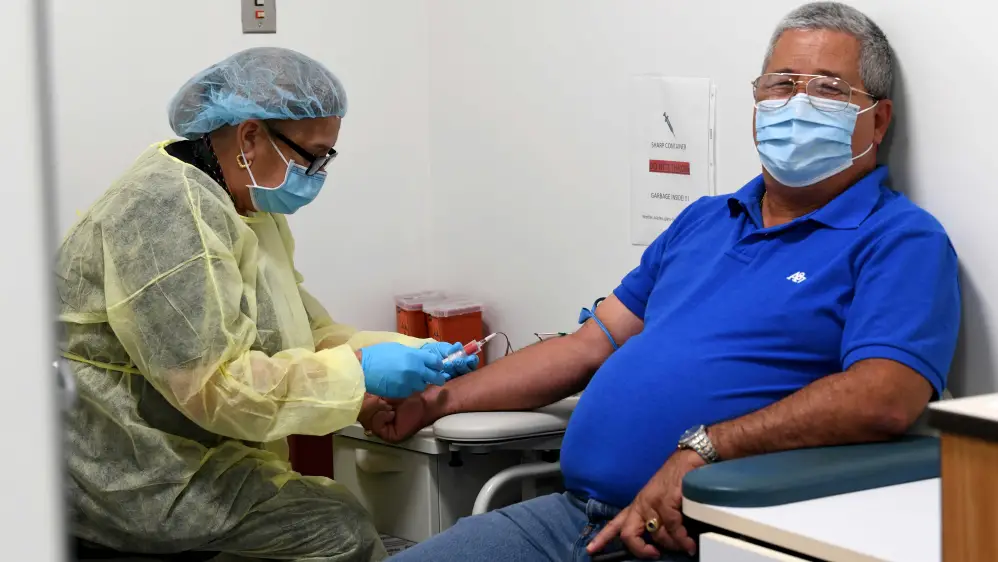
The first advice is “Don’t panic”. You will have heard that last night J&J announced that their coronavirus vaccine dosing has been paused while they investigate an adverse event in the trial. And while you never like to hear that, considering the size of their effort, this sort of thing is likely to happen even if the vaccine turns out to have no real safety issues. Just this morning, the company’s CEO told analysts on a conference call that they don’t even know yet if the affected patient is in the treatment group or the controls: that’s how early this is. Now, there are definitely ways that this could go that would be concerning, but we’re not there yet.
Update: now it appears that a trial of their monoclonal antibody plus remdesivir has also been paused after an adverse event “out of an abundance of caution”. I’m still not panicking.
In the larger picture, this (and the AstraZeneca vaccine halt, which continues here in their US trial) are why we have been developing so many candidates. The central fact of the biopharma industry is that most things we try don’t work. That means that (1) we have to keep trying a lot of things, and (2) since that costs a lot of money, we generally charge a lot for the things that actually do work. I expect the coronavirus vaccine success rate to be higher than the industry average, though, because (thanks to the work on the earlier SARS and MERS outbreaks) we already had a lot of information about how these coronaviruses are organized, how they attack cells, where the best choices might be to produce antigens against them, and some of the potential problems we would need to look out for. All that has been an invaluable leg up.
It will be a good thing if we don’t do the industry average, though, because that’s around a 90% failure rate from a standing start. Here’s the good news about that: what we’ve been able to see from the Phase I/II data on the various candidates is very encouraging. We can indeed stimulate antibody and T-cell responses, and every single vaccine that has reported data at this level has shown this. The uncertainty is that we don’t know (yet) what responses we need for a given level of protection, how well such vaccines will work across different populations groups (ages, risk factors), nor how long such protection will last. The only way to get those numbers is to go out there and get them, which is what’s going on right now.
And the other big uncertainty, which we’re also dealing with now, is safety. Again, the only way to find out about this is to go find out about it – we have no ways to really predict what might happen when a new vaccine is dosed in a large population. Showstopping holy-crap level tox effects are extremely rare (fortunately), but that means that you’re then looking for unlikely adverse events across a large trial population, and trying to figure out what will happen when you expand to a much larger one. It ain’t easy.
So this latest J&J headline has not changed my views. They’re still overall positive. I still think we’re going to have at least one (and likely more than one) useful vaccine in the next few months. It’s just that I have no idea of which ones those will be. And I also think that we will have even better choices in the longer term, once we’ve broken the back of the current pandemic: there are a lot of other interesting candidates that are just getting towards human trials.
But this doesn’t mean that things will go smoothly, which is why I wrote this earlier post. This is what drug development is like all the time; all we’ve done is hit the fast-forward button and put the spotlights on it. I completely understand if it’s nerve-wracking to watch, believe me. Remember, it’s extremely likely that there will be more dips and swerves coming, and it’s a good idea to try to be psychologically ready for them. When they come, it doesn’t mean that everything’s failed. We have too many things going for one piece of news to mean that. I’ll end where I started: don’t panic.
